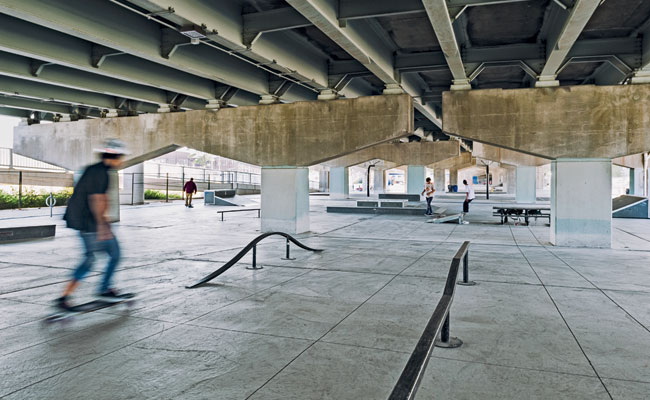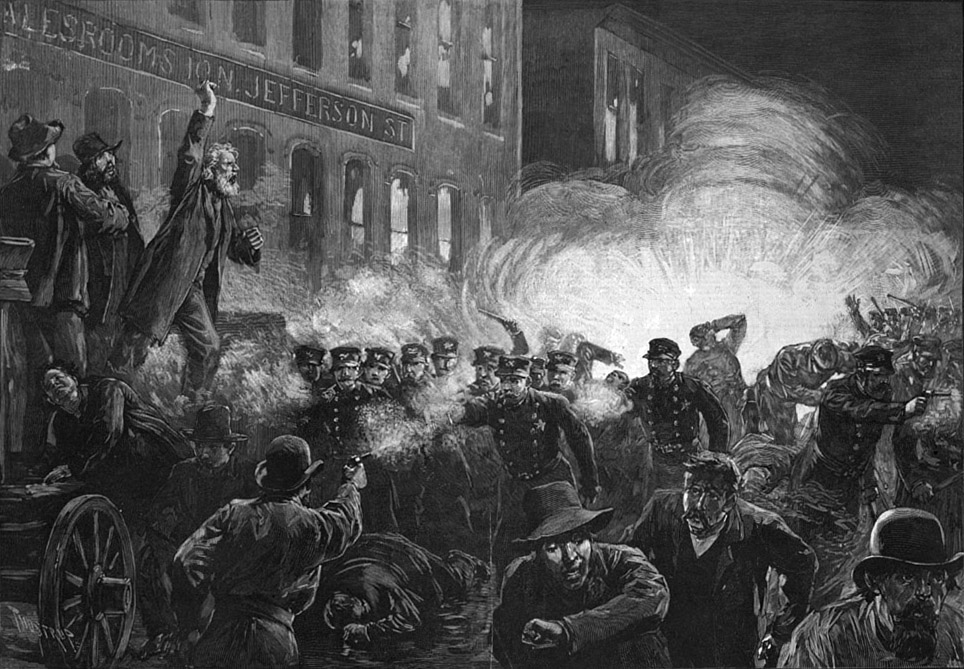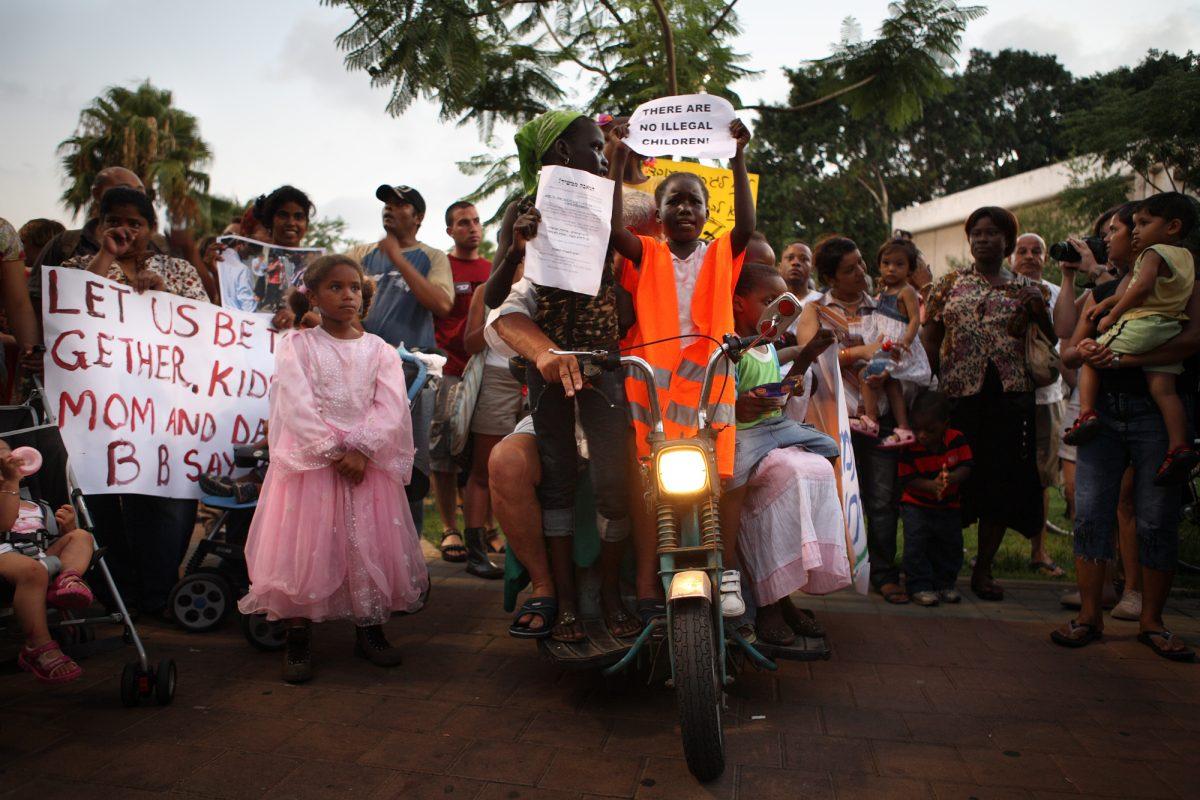This past week, the sunshine and lovely weather in Dallas got me out a lot more, and as I walked down the sidewalk, I thought to myself how robotic and geometric the roads here are compared to the chaotic, meandering streets of Kolkata, Dhaka, London or Milan.
I recalled how some of the technology we use every day — Google Maps for instance — fail to serve their purpose in the complicated mess of older cities that grew unplanned.
As the population grows, and it will each year at the rate of a projected 1.84 percent according to the World Health Organization, efficient management of city spaces and resources are bound to become a challenge.
The type of problems in the world span anything from lack of food and sanitation to inefficient real estate development. A staggering number of those that can be solved by an individual’s initiative alone, and there are successful projects that have negotiated or bypassed bureaucracy altogether to prove it.

Take Izmir, for example. Three architects managed to create floating docks for the very industrial harbor in the third largest Turkish city so that the docks could become more people friendly and pedestrian friendly.
They used cheap building materials like plywood and marine glue, kept afloat by six air-filled plastic cubes to create floating docks that were tied to the promenade and could be used for reading, sunbathing, fishing and even a selfie platform. The docks could be moved at any time and allowed access to pedestrians and dock workers who just wanted to relax after or in-between work.
The total cost of the project? $3,100.
However, for many developing nations, cost of development poses a much smaller problem compared to the reluctance and red tape when it comes to change.
Yet, groups of individuals around the world have even managed to overcome some of those.
In Kumasi, Ghana’s second-largest city, sanitation is a huge problem. Public toilets are expensive to use, and bucket toilets, used by about 12 percent of the population, are horribly unhygienic.
To fix the problem, a group of citizens started Clean Team Toilets that allows people to pay for clean in-house toilets through installments that make sanitation affordable and accessible to a larger population.
Bogotá, Columbia’s capital city, incorporated 15,000 informal trash pickers into its municipal rubbish and recycling program in 2014 which would reduce its reliance on private collectors.
All of these projects around the world have taken two years or more to materialize and have not been without hurdles. Bogota’s mayor was banished from politics for 15 years after he made this move due to allegations of hampering free trade. He was re-instated after human rights’ activist groups interfered.
A friend of mine flew down from Seattle last week and every time we drove past a huge empty field of nothingness, as is very common in the Dallas metroplex, she wondered at the ginormous amounts of space and the sprawling establishments here compared to Seattle’s cramped spaces and expensive parking lots.
These rapidly disappearing empty spaces and the lack of playgrounds and parks in many of the world’s fastest growing cities has become a concern for parents wanting to raise their children in these cities.

Toronto’s Underpass Park is one such example, where the unused space below a series of overpasses has been transformed into a park under the initiative of two architects who came up with the idea.
Dallas’ Klyde Warren Park, which uses the top of an underpass, is another brilliant example of good city-space usage.
Citizens of other cities, including Vancouver, Indianapolis and Washington D.C. have taken steps toward making their cities greener and providing their urban dwellers with a better cultural experience.
The development model that we see in Texas, where town homes are built over massive square-feet areas and parking lots are humongous, isn’t the most sustainable one.
Texas might be big, but it isn’t that big. With uncontrolled growth comes unplanned forfeiting of farmlands and green spaces. Paved sidewalks reduce water table replenishment and increase run-off of rainwater making it unusable.
In UTD’s 5-mile radius alone this past year, all I’ve seen is concrete dust, and grasslands are fast disappearing under bulldozers and cranes.
UTD, for that matter, is headed toward a poor forest-land ratio as we try to keep up with our growing housing and classroom demands.
If development remains limited to growth alone, development will equal demise in the long run, just like in Shanghai where breathing is a hardship.
After all, if our industries, homes and malls ate up all our farmland, what would we eat?
Disclaimer:
Opinions expressed here are those of the author. They are not necessarily representative of the views of UTD administration, the Board of Regents or the Student Media Operating Board.












